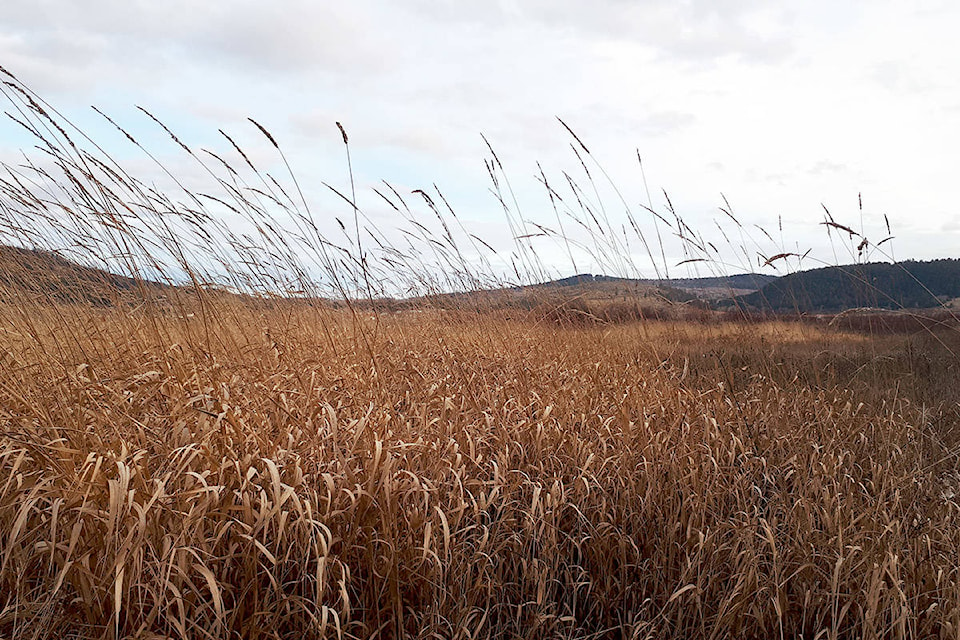Like most of my ranching colleagues I have been enjoying the extra time before serious freeze-up. However, that means much of the office work and planning for next year is on hold, until the ground is frozen.
We work with the seasons because to do unseasonal work on the land can result in lasting damage. I mention these kind of activities: tilling the land when it is too wet thereby destroying the physical structure of the soil, or driving on soft land and driving down the frost risking winter killing of the plants that are there, alfalfa being one of the most susceptible to freezing out.
Heavy pressure on clay soils for example can compact the air spaces between particles and thus deny the ability of microbes to colonize those spaces and do their magic of turning raw minerals into living soil which in turn can fix free elements from the atmosphere and the ground.
One definition of soil health is the condition under which soil can perpetuate and grow its fertility with out much purchases, amendments and fertilizer.
If we take off crops or animals that are grown on soils and don’t manage for the conditions that perpetuate fertility then we are not farming or ranching sustainably.
For my part, one of my recent activities is returning soil to the upper part of a field from the burn piles created by land clearing many years ago. When woody debris is piled after trees are removed the roots of trees and bushes hold a lot of soil.
Once the wood is rotted then the soil remains and is a great addition to tired soil. It is actually a kind of natural compost which harbours all kinds of microbial critters and plants that build soil by nurturing many life forms in the soil.
Read More: Column: Ranching life almost a hundred years ago
Read More: Til the cows come home: the more, the better
This organic matter is what much of our young soils are missing but need in order to be productive. It takes a forest one hundred years to build one inch of soil: black gold. This is not to be squandered.
Anyone will tell you that it takes a great concentration of animals and hay residues to build an inch of soil.
And we can’t pile it too deep in some places and drag it into fill holes as we are levelling land. Following contours as best we can without leaving land too rough to drive farm equipment over effectively.
Some recent titles of stories from farming magazines give a flavour of the current focus on soil health:
“It’s the little things in life that count: Measuring microbial biomass may be more relevant than NPK (Nitrogen, Phosphorous, and Potassium), but how do you count the little bugs?”
“Finding out what kind of microbes are living in the soil may help producers determine overall soil health.”
“Big growth expected for biologicals: farmers are showing increased interest in input products made from naturally occurring chemicals or live organisms.”
Measuring those things you cannot see requires the analysis from soil labs. However, we can get a microscope and try to learn with a little guidance from the experts.
Now, if the frost doesn’t go too deep, that is, if the soil is healthy and porous and covered in the remains of plants (litter) then the bugs will work all winter FOR FREE.
That work will give the plants a great start in the spring.
Working with nature is a great thing, a necessary thing.
Merry Christmas to all Creatures.
Do you have a comment about this story? email:
editor@wltribune.com
Like us on Facebook and follow us on Twitter.
David Zirnhelt is a rancher and member of the Cariboo Cattlemen’s Association. He is also chair of the Advisory Committee for the Applied Sustainable Ranching Program at TRU.
